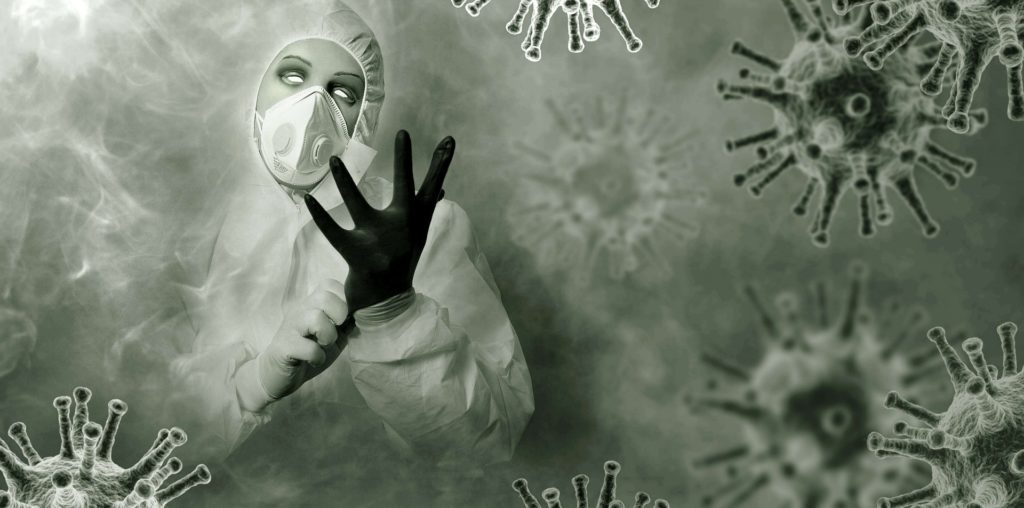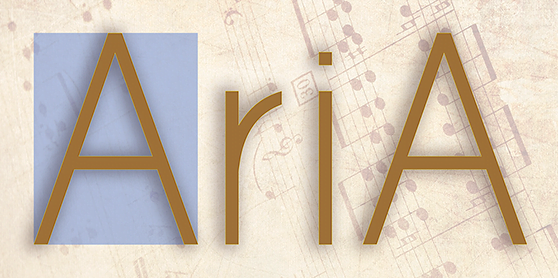What most frightens modern man and causes chaos in any society. Just say the word out loud and panic ensues. Bacteria. But what are bacteria and what is their classification? What are their characteristics? Who are they - the enemies or friends of our body? In this article, we will discover this microcosm and some interesting facts about these strange "little creatures".
Bacteria are single-celled micro-organisms, that is, microscopic creatures consisting of a single cell. Unlike us humans, their survival is guaranteed by the one cell they are composed of. Bacteria are invisible to the human eye; in fact, they are about 1 micrometre in size. To get an idea, simply take a ruler, try to focus on one millimetre and imagine dividing it into 1,000 parts.
Very small, aren't they?
WHAT DOES A BACTERIAL CELL LOOK LIKE?
A bacterial cell is different from a human cell. First of all, it is protected by several layers that provide rigidity and protection from the environment. The outer layer is called the bacterial wall and consists mainly of peptidoglycan, a network-like structure that protects the bacterium. Inside the body is a plasma membrane made up of phospholipids.
Unlike our cells, which are called eukaryotic cells, a bacterial cell has no nucleus inside and the DNA circulates freely in the cytoplasm (this is why it is called a prokaryotic cell). Another important difference is the structure of the DNA: in humans, it has a double-helix structure, whereas in bacteria, it consists of a single strand.
Some bacteria have small "tentacles" on the outside of their walls, i.e. flagella, which allow the cell to move around in space.

BACTERIA AND THEIR CLASSIFICATION
There are endless varieties of bacteria and it is almost impossible to take them all into account. Based on their characteristics, we can divide them into several groups.
The first classification is based on the form of the bacteria:
Bacilli (cocci): spherical shape.
Bacillus: cylindrical shape.
Coccobacilli: elongated-oval shape, very variable.
Vibrionics: curved rods in the shape of a comma.
Spirochetes: spiral-shaped.
Some of them, especially cocci, tend to combine into groups of cells to form different structures. For example, if they are in pairs they are called diplococci, if they form a chain they are called streptococci and if they form a cluster they are called staphylococci.
Another useful classification is based on their lifestyle:
Aerobes: live only in the presence of oxygen.
Anaerobes: live in the absence of oxygen (e.g. underground).
The latter classification, which is much favoured by doctors, divides bacteria into gram-positive and gram-negative bacteria. These two groups can be recognised by a special colouring, the Gram stain, which scientists do under a microscope: Gram-positive bacteria turn purple and Gram-negative bacteria turn fuchsia coloured.
The main difference between the two classes is the thickness of the bacterial wall and the presence of an additional outer protective layer in Gram-positive bacteria.
The latter classification, which is much favoured by doctors, divides bacteria into gram-positive and gram-negative bacteria. These two groups can be recognised by a special colouring, the Gram stain, which scientists do under a microscope: Gram-positive bacteria turn purple and Gram-negative bacteria turn fuchsia coloured.
The main difference between the two classes is the thickness of the bacterial wall and the presence of an additional outer protective layer in Gram-positive bacteria.
BACTERIA: ENEMIES OR FRIENDS?
Bacteria are life forms that inhabit the entire world without exception: from the rock in our garden to the floor of our house, our dog's fur, our skin, etc. They are also often found in our bodies. Both outside, on the surface of the skin and mucous membranes, and inside, in the digestive tract and respiratory tree.
Their presence causes no harm; on the contrary, many of them are our great allies: for example, they allow some of our cells to function at their best, allow the proper absorption of many vitamins and give our bodies good immune protection.
These are the bacteria that, together with some fungi and viruses, make up the gut microflora, informally called 'intestinal flora'. The micro-organisms in the flora, also called 'good bacteria', protect us from the harmful effects of 'bad bacteria', which when unbalanced can cause us severe stomach pain!
Of course, there are also bad bacteria whose sole purpose is to make us sick. Examples are Salmonella, which causes gastroenteritis, and Meningococcus, which affects the nervous system. Fortunately for us, two great allies come to the rescue: vaccines and antibiotics, which can prevent and cure many nasty bacterial diseases.
BACTERIA AND BAD BODY ODOUR
Bacteria are involved in creating the smells that we humans emit. Both more subtle and more pungent and unpleasant, such as when we go to the toilet or exercise.
Where do these smells come from?
When we eat, especially if we have a habit of chewing with our mouth open or talking while eating, we also swallow air. To this accumulated air is added the gases produced by the very bacteria in our intestinal flora, which, when they help us digest nutrients, release stench-rich gases such as ammonia.
Bacteria and sweat. What is the smell of sweat and why is it irritating?
Sweat is a colourless liquid composed mainly of water and mineral salts.
It is produced by sweat glands, which are located all over the body, especially in the armpits, foreheads, soles of the feet, etc. Sweat itself is odourless when it is secreted by the glands. Bacteria naturally present on the skin are to blame for the unpleasant odour.
Chief among them is Staphylococcus chominis, which, by feeding on the water and mineral salts contained in sweat, produces unpleasant elements such as sulphur.
CREATIVITY: TRY TO DRAW A BACTERIUM
Here is a sketch of three known bacteria, can you imagine them and draw a picture?
Escherichia coli, for friends, just chopsticks -
Residence: The human intestine
Shape: rod
Superpowers: equipped with saws (short) and harnesses (long), i.e. strings that allow it to anchor and move.
Is it good or bad? It depends! It is usually found in our intestines, but some strains can make us sick in certain situations. This is why it is called 'opportunistic'.
Favourite prey: urinary tract, causes cystitis.
Lactobacillus, for friends, a probiotic
Residence: human intestine, sour milk
Form: bacillus
Superpower: turns milk into yoghurt and makes our tummy feel good
Is that a good thing or a bad thing? Definitely a good thing!
Staphylococcus aureus
Location: upper respiratory tract (nose), skin
Shape: spherical, clustered in clusters
The Force: One of the greatest enemies of antibiotics, it is constantly learning new attack techniques and is becoming more and more difficult to fight.
Favourite prey: skin (e.g. causes acne), lungs and blood.
Is that a good thing or a bad thing? One of the worst!
There are many bacteria, millions of millions of them, some bad, others very good.
Many of them can make us sick, causing an unpleasant sore throat or severe stomach pain, but many others live with us, allowing us to digest what we eat in the best way possible.
Here are some tips to help the good bacteria and fight the bad ones:
Wash your hands well with soap and water, especially after using the toilet and before eating;
Avoid chewing on objects such as pencils or pens;
Eat fruit and vegetables and stick to a varied and balanced diet to keep your gut flora in balance;
Get vaccinated against dangerous bacteria such as meningitis, tetanus, whooping cough etc.


 and then
and then 
